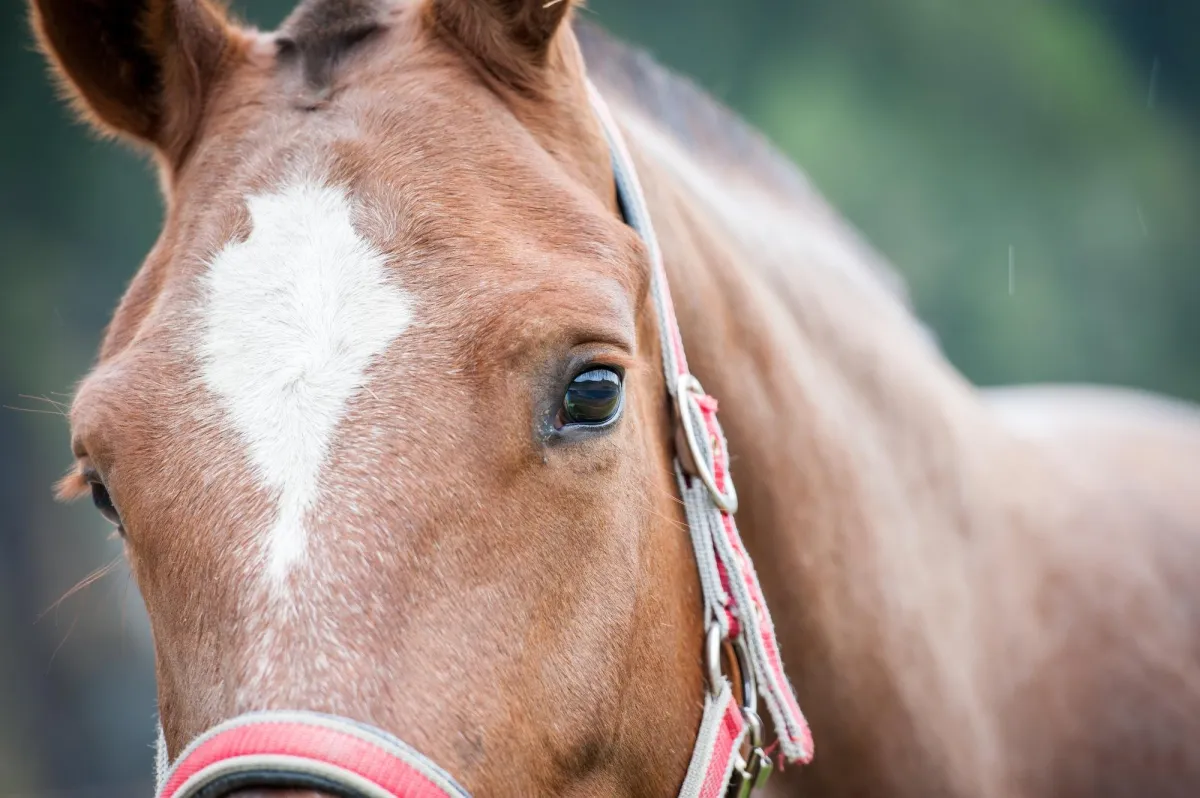
Ryegrass staggers
Ryegrass staggers is a neurological disease that affects sheep, cattle, deer, horses, ponies, and alpacas. Alpacas appear to be particularly susceptible.
When and Where Does Ryegrass Staggers Occur?
This condition is most common during summer and autumn and occurs widely across the North Island and as far south as North Otago. It's typically associated with certain ryegrass-dominant pastures.
What Causes Ryegrass Staggers?
The disease is caused by ingestion of a toxin produced by an endophyte fungus that lives inside perennial ryegrass. The highest concentrations of the toxin are found in the leaf sheath and seed head.
The toxin damages cells in the cerebellum, the part of the brain responsible for coordinating movement.
Signs of Ryegrass Staggers in Livestock
Symptoms are most obvious when animals are disturbed or forced to move.
In mild cases:
Slight trembling of the head
Twitching of the skin over the neck, shoulders, and flanks
Animals appear anxious or nervous when approached
In moderate cases:
Head nodding
Jerky body movements
Swaying while standing
Staggering when walking
In severe cases:
Stiff-legged, short-stepping gait
Prancing or exaggerated leg movements
Sudden collapse and spasms lasting several minutes
What Happens to Affected Animals?
While the condition itself is not fatal, it increases the risk of accidents and secondary harm:
Weight loss due to reduced grazing
Inability to access or drink sufficient water
Getting tangled in electric fences or caught in obstacles
Falling into ditches, bluffs, creeks, or drains
Drowning in swamps or troughs
Reduced milk production in dairy cows
Difficulty walking into the bail or standing while being milked
Horses and ponies may become unpredictable or dangerous to ride
How to Manage Ryegrass Staggers
Remove stock from affected pasture as soon as possible
If safe pasture is not available, yard animals and feed hay, balage, or silage, with access to plenty of clean water
Handle all stock calmly and quietly
Avoid disturbing animals unnecessarily
Long-Term Prevention and Pasture Management
The most effective long-term solution is to replace susceptible perennial ryegrass pastures with endophyte-free or endophyte-resistant grass varieties.
For lifestyle farmers looking to reduce risk and manage pasture more effectively, our Pasture Management ebook provides practical guidance on improving forage quality and reducing health risks like ryegrass staggers.
If you’ve had issues with ryegrass staggers in the past, or suspect it may be affecting your stock, speak with your veterinarian about how to reduce future risk.

